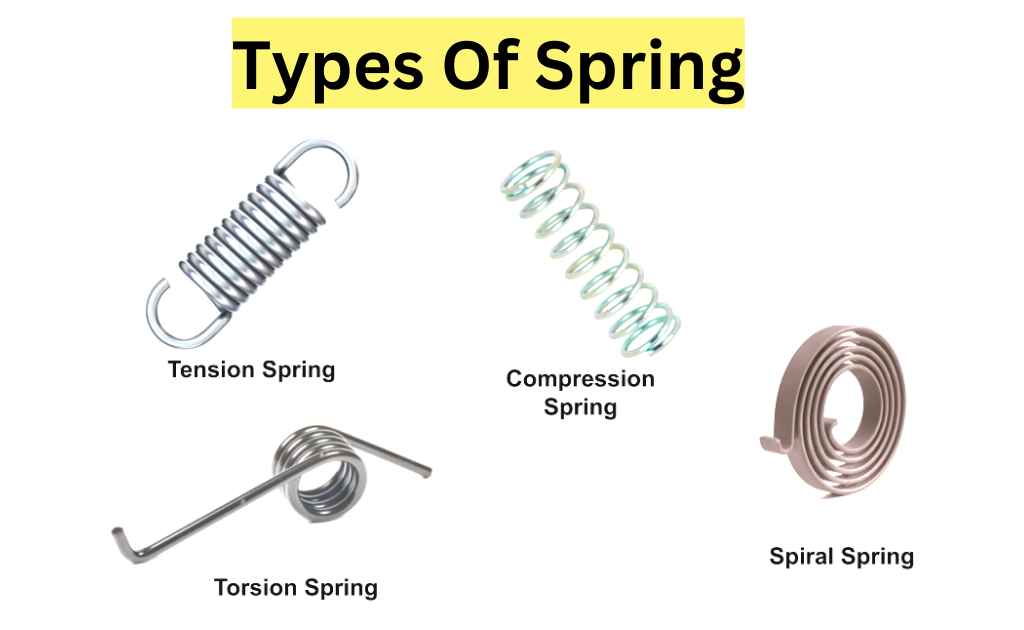Strength of a Material-Definition, Types, And Parameters
The strength of a material refers to how much force is required to break something down.
What is the strength of a material?
The field of strength of materials, also known as mechanics of materials, refers to various methods of calculating the stresses and strains in structural members such as beams, columns, and shafts. The properties of the materials, such as yield strength, ultimate strength, and Young’s modulus, are taken into account in the methods used to predict the response of a structure under loading and its susceptibility to various failure modes.
The mechanical element’s macroscopic properties, such as its length, width, thickness, boundary constraints, and abrupt changes in geometry are considered.
In order to assess the load capacity of a mechanical member, it is necessary to calculate the stresses and strains that develop within them. This requires a complete description of the geometry of the member, its constraints, the loads applied to the member, and the properties of the material of which the member is composed.
The applied loads can be either of two types: radial or strength shear. The state of stress and state of strain at any point within the member can be calculated with a complete description of the loading and geometry of the member. Once the state of stress and strain within the member is known, the strength of that member, its strains, and its stability can be calculated.
Types of Loading
There are four types of loading.
Transverse loadings
There are forces applied to the longitudinal axis of the member. Transverse loading causes the member to bend and distort from its original position, with internal strains accompanying the change in curvature of the member.
Transverse loading
Shear forces that cause shear deformation of the material are also caused by this.
Axial loading
The longitudinal axis of the member is collinear with the applied forces. The members are either stretched or shortened by the forces.
Torsional loading
There is a twisting action caused by a pair of external applied equal and oppositely directed force couples acting on parallel planes or by a single external couple applied to a member that has one end fixed against rotation.
Stress parameters for resistance
Strength parameters of materials include
- yield strength
- tensile strength
- fatigue strength
- crack resistance
Strain parameters for resistance
Strain parameters for resistance include
- Deformation
- Strain
- Deflection
Material Failure Theories
There are four Material failure theories.
- Maximum shear stress theory
- Maximum normal stress theory
- The maximum strain energy theory
- The maximum distortion energy theory







Leave a Reply